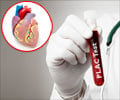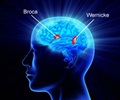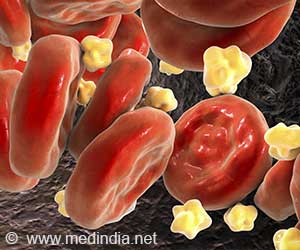Brain stimulation in stroke patients can restore electrical activity associated with efficient movement and could also improve mobility in patients recovering from a stroke.
- Electrical stimulation of brain restores low-frequency oscillations (LFOs) in the brain which become affected following a stroke
- Only a third of patients recover fully after a stroke, while the remaining have varying degrees of weakness and paralysis ranging from mild to severe
TOP INSIGHT
Stroke results in loss of low-frequency oscillations (LFOs) in the brain that leads to impaired movement. However, restoration of LFOS can improve movement and hasten recovery.
What are Low-Frequency Oscillations?
Over the past two decades, neuroscientists have demonstrated that coordinated patterns of brain cell activity known as oscillations are critical to efficient brain function. More recently, low-frequency oscillations (LFOs)-first described in sleep physiology studies –have been shown to play a key role in regulating the firing of neuronsin the brain's primary motor cortex. The motor cortex controls voluntary movement, and LFOs ensure the cortical cells function in sync to ensure smooth, seamless and well-coordinated movements.Aim of Study
The authors of the study believe that recovery of movement in patients following stroke would be better and quicker by using brain stimulation compared to current standard of care"Our main impetus was to understand how we can develop implantable neurotechnology to help stroke patients," said Ganguly, who conducts research at the San Francisco VA Health Care System. "There's an enormous field growing around the idea of neural implants that can help neural circuits recover and improve function. We were interested in trying to understand the circuit properties of an injured brain relative to a healthy brain and to use this information to tailor neural implants to improve motor function after stroke."
Details of Study
In order to gain further insight into the possibility of LFOs in stroke recovery, the scientists studied a rat model of stroke and analyzed its movements while trying to reach for a food pellet, in essence simulating goal directed movement in humans- They induced a stroke in the rats that affected the animals' movement ability, and found that LFO activity in the brain cells was reduced
- The LFOs activity were also restored in rats that recovered. Faster and more precise movements were seen.
- There was a significant correlation between the restoration of LFOs and recovery of movement. Animals that recovered fully had better low-frequency activity than those that recovered only partially, and no LFOs were seen in the animals that did not recover
- To try and aid recovery, the team used electrodes to both record electrical activity as well as administer a mild electrical current to the rats' brains, exciting the area immediately adjacent to the part damaged by stroke
- This stimulation consistently increased LFOs in the damaged area and seemed to aid in the recovery of motor function; interestingly, when a burst of electricity was delivered just before a rat attempted to make a movement, the animal was nearly 60 percent on target in reaching for the food pellet than if no current was delivered
Thus the findings of the study suggest that administering mild electrical stimulation to brain restores LFO activity which is impaired during a stroke. The restoration of LFO activity aids in quicker recovery. By delivering current, the existing weak and ineffective LFOs become amplified and are able to bring together the cells of the motor cortex of the brain to function together to produce precise goal directed movement.
Measuring LFOs In Human Stroke Patients
The team further tested whether the findings in rat models might also apply to humans. To this end, they analyzed tracings made from the surface of the brain from a seizure patient who had suffered a stroke, impairing his mobility. The recordings demonstrated significantly lesser number of LFOs than recordings from two epilepsy patients who did not suffer a stroke.Scope of Study
Currently physiotherapy is the standard of care in stroke patients to hasten their recovery, but unfortunately not in those whose stroke damage is too extensive. Ganguly hopes that electrical brain stimulation could be a useful alternative in these patients to make the existing neurons become more functional. In fact, brain stimulation is being widely used in patients with epilepsy and Parkinson’s disease and stroke patients can also benefit from this option.The study team hopes that their findings could be used to improve stroke recovery in human patients as well. The details of the study appear in the journal Nature Medicine.
References:
- Allen Cone., "Brain stimulation restores movement in rats after stroke" Nature Medicine (2018)
- Dennis Thompson, HealthDay Reporter., "New Electrical Stimulation Therapy Can Help Stroke Patients Move Paralyzed Hand" HealthDay (2016)
Source-Medindia
 MEDINDIA
MEDINDIA

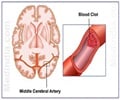

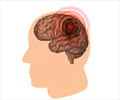

 Email
Email


